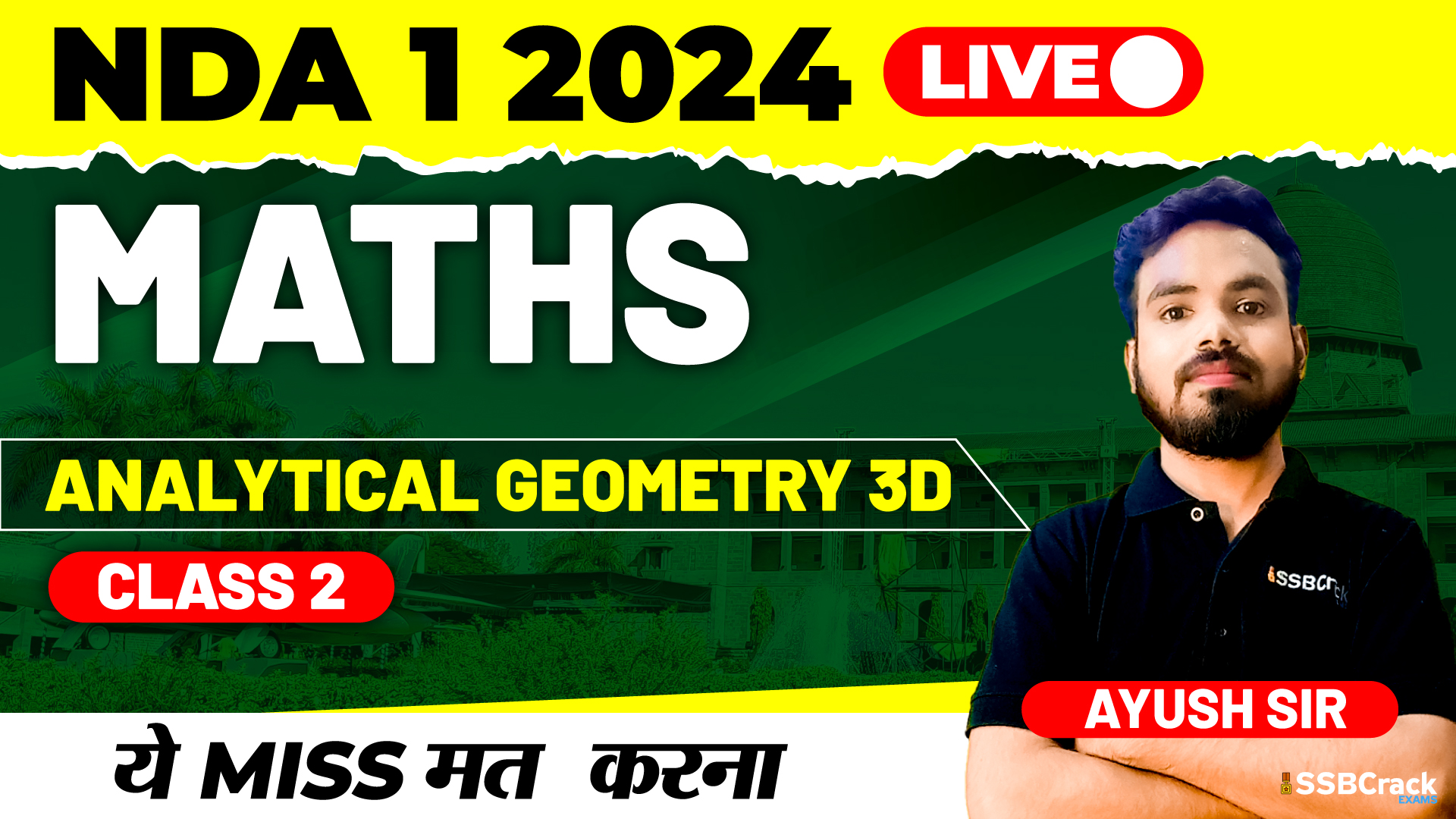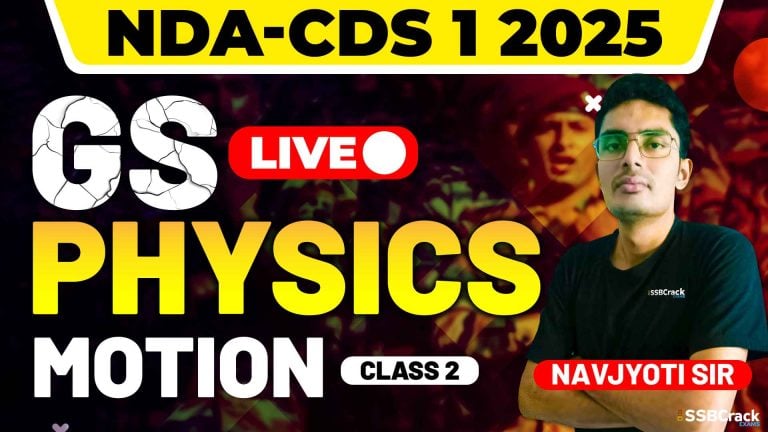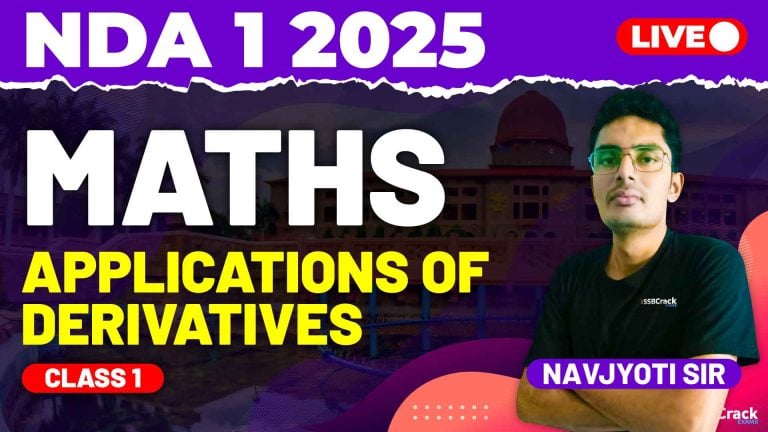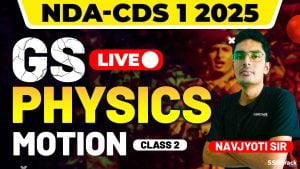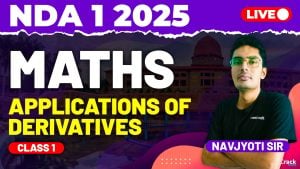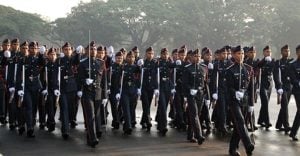In the expansive realm of mathematical exploration, 3D Geometry Class 2 unfurls as a tapestry woven with intricate concepts that unravel the spatial dimensions. As candidates prepare for the NDA 1 2024 Exam, this live class takes center stage, delving into the complexities of planes, angles between planes, intersections of planes and lines, skew lines, sphere equations, and distances from planes. This article navigates through the key highlights of Class 2, shedding light on how participants embark on a journey to navigate the spatial tapestry.
Exploring the Concept of Planes:
Class 2 embarked on a comprehensive exploration of planes, introducing participants to the mathematical representation of flat surfaces in three-dimensional space. The instructor delved into the parameters that define a plane, allowing participants to understand how a combination of coordinates, vectors, and equations bring these geometric entities to life. Participants gained insights into the spatial relationships and orientations that planes introduce to the 3D coordinate system.
Understanding the Angle Between Planes:
The live class seamlessly transitioned into the concept of angles between planes, delving into the spatial inclination that arises when two planes intersect or exist in proximity. Participants navigated through the mechanics of determining the angle between planes, uncovering the geometric interpretations that accompany this spatial relationship. The class emphasized the significance of angles between planes in spatial geometry, providing participants with a valuable tool for analyzing spatial configurations.
Plane and Line Intersection: Unraveling Spatial Crossroads:
Class 2 extended its exploration to the intersection of planes and lines, unraveling the spatial crossroads where these geometric entities converge. Participants grappled with the intricacies of determining the points of intersection between planes and lines, gaining practical insights into the geometric consequences of these intersections. The class showcased how these spatial intersections manifest in real-world scenarios and provided participants with the tools to navigate such complexities.
Understanding Skew Lines: Paths Less Traveled:
Skew lines, those paths less traveled in three-dimensional space, became the focus of Class 2. Participants delved into the concept of skew lines—lines that do not intersect and are not parallel—grasping the nuances of their spatial relationships. The instructor provided insights into the conditions under which lines skew, allowing participants to identify and analyze these unique spatial configurations within the 3D coordinate system.
Sphere Equation: Navigating Spherical Surfaces:
The exploration continued as Class 2 introduced participants to the equation of spheres, unraveling the mathematical representation of spherical surfaces in three-dimensional space. Participants gained insights into the parameters that define a sphere, including the center and radius, and explored how these parameters influence the positioning and shape of spheres within the spatial landscape. The class emphasized the practical applications of sphere equations in diverse fields, from physics to engineering.
Distance from Plane: Navigating Spatial Proximity:
The live class delved into the concept of distance from a plane, providing participants with tools to measure spatial proximity within the 3D coordinate system. Participants explored the mechanics of determining the distance from a point to a plane, gaining practical insights into the geometric implications of spatial distances. The class showcased how this concept finds resonance in fields such as navigation, robotics, and computer graphics.
Conceptual Examples for In-Depth Understanding:
Class 2 maintained a commitment to clarity through conceptual examples that delved into the nuances of planes, angles between planes, intersections of planes and lines, skew lines, sphere equations, and distances from planes. Each concept was accompanied by detailed examples, allowing participants to internalize the application of these principles in diverse problem-solving scenarios. These illustrative examples not only reinforced conceptual understanding but also demonstrated the practical applications of 3D geometry concepts.
Interactive Learning Environment:
Fostering an interactive learning environment, Class 2 encouraged participant engagement through questions, discussions, and problem-solving sessions. This collaborative approach not only clarified doubts but also enriched the learning experience by incorporating diverse perspectives and problem-solving approaches. The interactive nature of the class created a dynamic space for participants to actively engage with the material and deepen their understanding.
Connecting Concepts to Competitive Exam Scenarios:
The live class strategically connected the dots between learned concepts and their application in competitive exam scenarios. Participants were provided with insights into the specific ways 3D geometry concepts are tested in the NDA 1 2024 Exam. This contextualization helped bridge the gap between theoretical understanding and effective application during examination conditions, preparing candidates for the spatial challenges presented in the exam.
Strategies for Efficient Problem Solving:
Recognizing the importance of efficient problem-solving, Class 2 incorporated strategies for optimal time utilization during the exam. Participants were guided on how to navigate through 3D geometry problems judiciously, maximizing their efficiency without compromising accuracy. This practical advice aimed to equip participants with the tools needed to tackle spatial problems within the time constraints of the exam.
Practical Problem-Solving Sessions:
To further enrich the learning experience, Class 2 incorporated practical problem-solving sessions. Participants actively engaged with the instructor, unraveling the intricacies of specific questions, clarifying doubts, and sharing diverse problem-solving approaches. This interactive dynamic not only bolstered understanding but also created a collaborative space for collective learning.
Conclusion:
In conclusion, NDA 1 2024 Exam Math 3D Geometry Class 2 stands as a compass guiding participants through the intricacies of spatial configurations. By exploring planes, angles between planes, intersections of planes and lines, skew lines, sphere equations, and distances from planes, participants not only deepen their understanding of 3D geometry but also cultivate problem-solving skills that extend far beyond the realm of academic assessments. As participants internalize the insights gained in this class, they not only prepare for the exam but also embark on a journey to navigate the spatial tapestry with confidence.

